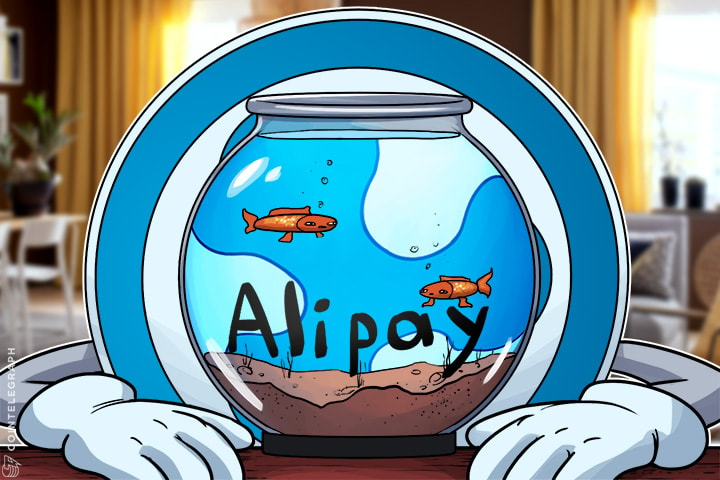Ripple experienced a sharp decline over the past week, decreasing from around $17 bln to $8 bln. At one point, Ripple’s market cap accounted for nearly 30 percent of Alipay’s market cap.
Alipay is one of the most widely utilized financial networks in the world operated by Alibaba’s Ant Financial. Like the Ripple network, the Alipay network processes transactions for users. As the most dominant financial network in China, Alipay processes 175 mln transactions on a daily basis for its 400 mln users and 100 mln active daily users.
Ripple’s potential market is massive
It is difficult to describe Ripple is an actual cryptocurrency regardless of its usage of cryptography because it was not designed to operate as a currency but as an infrastructure for banks and financial institutions. Changes to the network and its infrastructure are made in a centralized manner and its tokens aren’t mined, making it more difficult to justify the value of the XRP token.
To Ripple’s credit, over the past few weeks, it has partnered with some of the largest financial institutions and banks including BBVA and the Japan Bank Consortium. It is undoubtedly attracting the likes of banks and financial institutions that are in need of a more transparent and efficient infrastructure to cut operating costs and transaction verification times.
Ripple describes itself as a global settlement network that offers “faster, low-cost, on-demand global payment services for any payment size.” Its potential market is massive if it is targeting the global banking industry and seeking to replace or compete against existing infrastructure providers such as Swift. Ripple is looking at a multi-trillion dollar industry to overthrow.
However, the issue with Ripple’s market cap last week isn’t the Ripple network’s technical advantages over existing banking platforms nor its potential. It is simply about the overvaluation of Blockchain projects in general.
Going through a testing phase
The popularization and the emergence of initial coin offering (ICO) have brought upon a bubble-like trend to the cryptocurrency market community, in which Blockchain projects are receiving hundred million dollar valuations without technologies that have gone through proper testing and have tested the market with an actual commercial user base.
It is uncertain how many transactions the Ripple network handles for its partnered banks and clients. However, it is certain that Ripple doesn’t process the majority of transactions for its partnered banks. Most banks are going through a testing phase with the Blockchain technology and with innovative fintech platforms like Ripple.
Currently, the market cap of the Ripple network is at around $7.8 bln. Its value isn’t being determined by the banks’ usage of Ripple to secure transactions nor its commercial success. It is being determined by investors that are putting in not-so-smart money into XRP as an investment.
In Japan, as IndieSquare co-founder Koji Higashi noted, an increasing number of investors have invested in the XRP token due to Ripple’s involvement with the Japan Bank Consortium and most of the investors have little to no knowledge on Ripple and cryptocurrencies in general.


